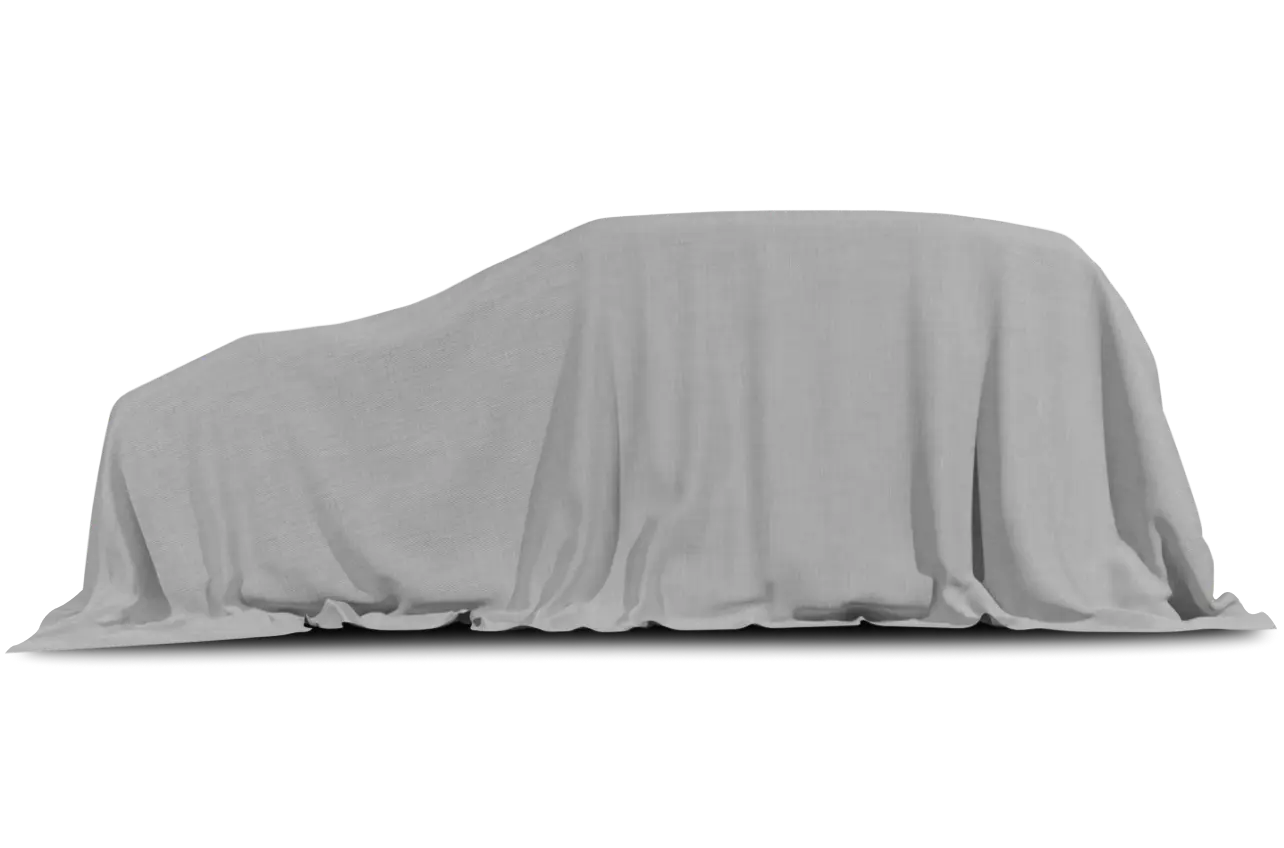
CORNWALL, N.Y. — It can fit into the tiniest of legal parking spots — and do so with minimum maneuvering.
It gets 29 miles per gallon in the city and 36 miles per gallon on the highway using regular unleaded gasoline. But its 1.5-liter, 106-horsepower four-cylinder engine can pull it out of trouble when it needs to get going.
With rear seats lowered in the three-door hatchback version driven for this column, it has space enough to carry a camper and her stuff to a summer of fun (we hope) in the Catskill Mountains.
And with 10 iterations base-priced from $12,205 to $14,825, it is well within the affordability range of most Washington Post consumers — those of you who take The Post in print, or via Internet and televised reports.
Yet, for all of its many virtues, the little Toyota Yaris is selling poorly in this country, where its retail numbers are down 40.4 percent in the first six months of 2009.
This is puzzling. Were the Yaris a piece of motorized junk, I could understand its dismal sales performance. But it’s built with legendary Toyota quality and reliability. True, it is challenged by many worthy contenders — the Honda Civic, Honda Fit, Hyundai Accent, Nissan Versa and Chevrolet Aveo, among them. But those gas-pump teetotalers also are struggling in the marketplace.
I am all the more confused because so many of you write, call or send e-mails complaining when I review a truck, sports car or luxury automobile. You say that such automotive reviews are meaningless and bordering on consumer insult in our deepest economic downturn in decades. You urge me to review more practical, affordable vehicles. I have and will continue to do so.
But here is what for many of you will be a hard-to-swallow truth: Fuel-sippers such as the Yaris are selling in numbers well below those of the Ford F-series and Chevrolet Silverado pickup trucks. Witness the Automotive News Data Center top-10 rankings for the first six months of 2009:
Ford’s F-Series trucks hold the top with sales of 179,632. The Toyota mid-size family sedan comes in second, with 150,242; and the Chevrolet Silverado pickup — in a year when GM, its parent company, entered and exited bankruptcy — is a close third, with sales of 149,949.
Semi-fuel-misers making the Automotive News Data Center’s Top 10 list for the first six months of 2009 include the Toyota Corolla and Toyota Matrix wagon — the latter built on the Corolla platform — which collectively hold fifth place with sales of 121,643. Sixth place is held by the venerable Honda Civic, with sales of 118,459.
But for genuine fuel misers, including the hyperbolically touted gas-electric Toyota Prius hybrid — with sales of 55,751 for the first half of 2009 compared with 91,440 in the corresponding 2008 period, an era of $4 gas in the United States — it’s been an awful retail season.
In a strained attempt to divine the generally miserable retail performance of the fuel-sipping class, I drove the 2009 Toyota Yaris S, a front-wheel-drive subcompact with a five-speed manual transmission that does its best work in city traffic.
Could it be that small cars elevate consumer concerns about safety? It’s possible. In vehicle-to-vehicle crashes, larger vehicles usually win, according to data collected by the Insurance Institute for Highway Safety. But the Yaris is reasonably adept at avoiding crashes. And it has reasonable crash protection for a subcompact automobile. It offers side and head air bags and four-wheel antilock brakes as standard equipment.
I would have preferred a Yaris with four-wheel disc brakes instead of the less-effective front-disc, rear-drum brake package offered on the test car. But front-disc, rear-drum arrangements are employed by many automobile manufacturers, including Honda on its Fit subcompact, to cut costs on price-sensitive economy models. And although they don’t perform as well as four-wheel discs, the combination of front discs and rear drums has proved safe over decades of use.
But I believe brakes have little to do with the less-than-stellar sales performance of fuel-efficient cars in this country. The same goes for speculation about the effects of our dour national economy.
Instead, the problem is us. We want cars such as the Yaris and Fit when gasoline prices are high, or when gasoline is short supply. But when gasoline is flowing at prices that make us smile, which it usually does in the United States, we’d much rather have a Chevrolet Camaro SS with a 6.2-liter, 426-horsepower V-8 engine. Strange as it might seem in these hard times, Chevrolet isn’t having any trouble selling that one.










































.png)



